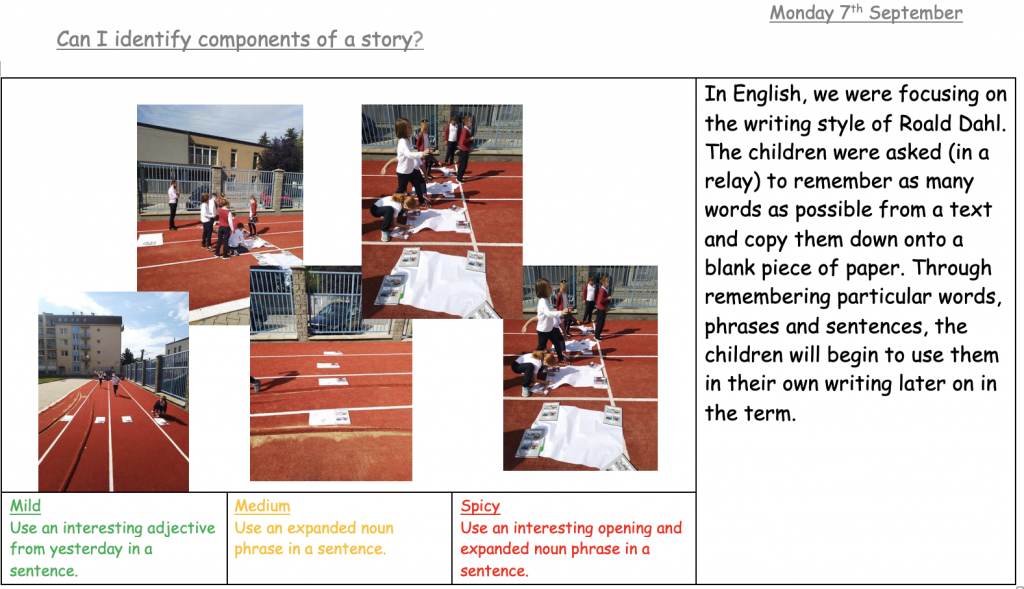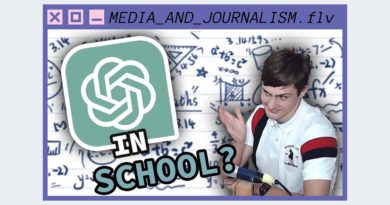Marking – why is it necessary?
Marking provides information for children so they know how to improve and can discuss their progress with the teacher. Black & Wiliam (1998) emphasises that without models of improvement and solutions, children simply have to guess at what to improve on. Thus, marking is vital to help guide the children with their learning and show the direction in which they can go. It provides the information for children to explain why they haven’t met the learning objectives and helps them with accomplishing the next steps.
Similarly, marking shows the level of progress made by the children to help with my planning. It provides information about the children, who did not achieve the objectives or who still has misconceptions, so that I can judge the children’s outcomes and alter the next sequence of lessons to address any problems (Black & Wiliam, 1998). Marking is essential in the cycle of reflective planning because it helps me respond, adapt and alter the learning outcomes to help children get to level they should be. It improves my understanding of the needs of each individual child, and I find it creates a ‘positive learning environment’ in the classroom because I can cater for all their needs (eg. working with adult support in the next lesson).
Most importantly, following each work completed by a child, I provide a “follow up” question (or RTM, Respond To Marking, as I call it) that is intended to extend their learning. These questions usually revolve around a step in the lesson that the child has missed or not understood. From my experiences, I find it makes the children go over their previous work. This then allows the children to think about their work themselves and encourages reflective thinking. I try to create an engaged dialogue, through these questions, in an effort to encourage pupils to become part of the cycle of assessment (Black & Wiliam, 1998). The research suggested that the self-assessment questions encourage the children to be metacognitive, to think about how they had learnt, as well as what they had learnt, which is part of the process of creating reflective readers (Kelley & Clausen-Grace, 2007). Therefore, I see Kelley & Clausen-Grace’s theory in my own teaching. By providing the child with a RTM question, it put’s the responsibility back on the child and makes them reflect on their own writing.

In addition, marking is general has shown to help ‘scaffold’ children’s future learning (Briggs et al., 2008). Clarke (2001) also implies that the main purpose of marking should be giving information to the children about how well they did against the learning intention. This is important since it will help develop children’s progress and speed up their learning. As well as providing a RTM question in my own practice, general marking also supports the children so they can complete tasks independently. It provides them with the information to develop their own skills and, thus, show them how to improve their learning.
Black, P. and Wiliam, D. (1998) ‘Inside the black box: Raising standards Through Classroom Assessment’. London: King’s College School of Education.
Briggs, M. Woodfield, A. Martin, C. Swatton, P. (2nd ed.) (2008) ‘Assessment for Learning and Teaching’. Exeter: Learning Matters.
Clarke, S. (2001) ‘Unlocking Formative Assessment’. Abingdon: Hodder and Stoughton.
Kelley, M.J. and Clausen-Grace, N. (2007) ‘Comprehension shouldn’t be silent: From strategy instruction to student independence’. Newark, DE: International Reading Association.



